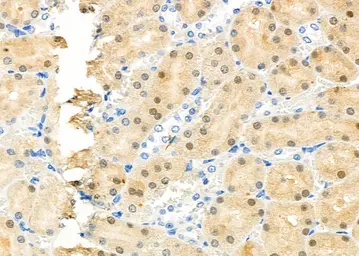RFC4 antibody
Cat. No. GTX04241
Cat. No. GTX04241
-
HostRabbit
-
ClonalityPolyclonal
-
IsotypeIgG
-
ApplicationsWB IHC-P
-
ReactivityHuman, Mouse, Monkey


